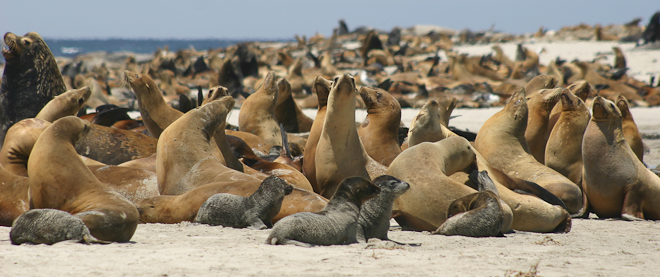Predators Responsible for Salmon Decline
A new study published in the Canadian Journal of Fisheries and Aquatic Sciences concludes that non-human predators may be the driving factor behind a decline in Chinook Salmon in Washington state.
The study, titled “Estimates of Chinook salmon consumption in Washington State inland waters by four marine mammal predators from 1970 – 2015” and authored by a team of scientists led by Oregon State University’s Brandon Chasco, concludes that seals and sea lions currently consume about 1.4 million pounds of Puget Sound chinook salmon each year, roughly nine times more than they were eating in 1970. By 2015, seals and sea lions were consuming twice the volume of fish as the combined commercial and recreational catches. These increases may be largely driven by the increased numbers of the mammals in the Puget Sound.

A chart from the study shows increases in Puget Sound seal and sea lions populations from 1970 to 2015.
The study may have special significance in identifying a workable future for salmon recovery. In 1999 chinook salmon were classified as “threatened” under the Endangered Species Act and, in 2005, the intergovernmental Shared Strategy for Puget Sound outlined a process for salmon population recovery. It, however, focused on fishing regulations and habitat improvement, largely ignoring questions of marine mammal predation.

The population of California Sea Lions in the Puget Sound has seen a substantial increase since 1970.
The authors of the study conclude that “as more protected species respond positively to recovery efforts, managers should attempt to evaluate trade-offs between these recovery efforts and the unintended ecosystem consequences of predation and competition on other protected species.”










